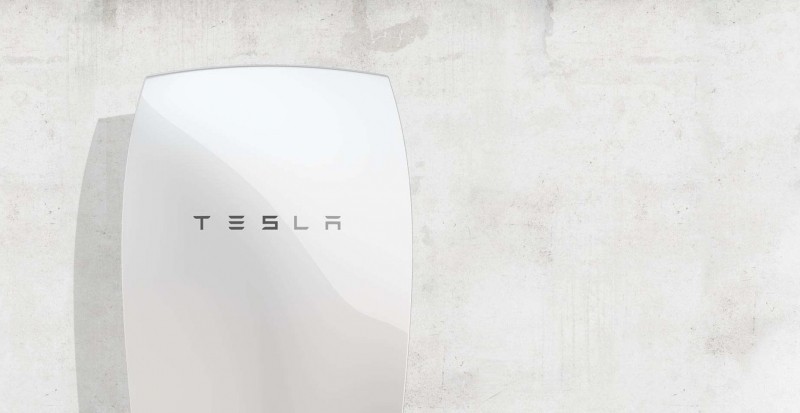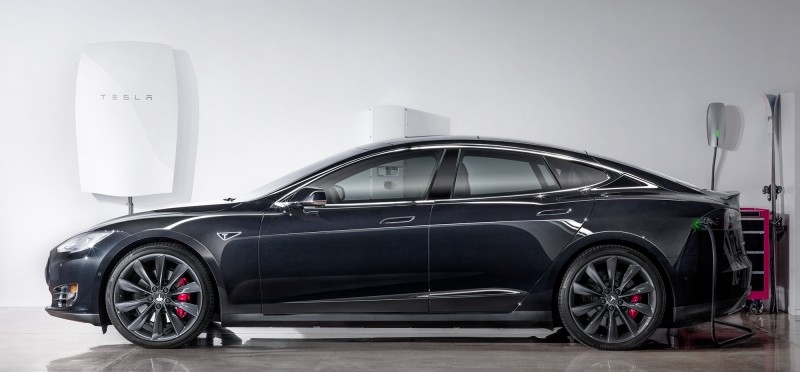While you are right you are assuming this will be alone when it is designed to be used with solar panels (which I am guessing most will do) making it much more useful than you make it seem. Combining this with a comparable solar panel kit can pretty easily keep you off the electrical company grid completely and even during a blackout can keep you running since it would charge up during the day, as long as you don't run everything at full. This thing alone can run my entire place for around 11 hours (I average around 16 kWh a day). As for the fridge thing mine is a bit old and wasn't expensive and uses 228 watts, fridges aren't such a huge electrical user now. Also even a 1500W hair dryer would have to be run for almost 5 hours to drain then 7 kWh battery, this is really a very useful thing and if you can get is subsidized or maybe as a combo with a solar panel kit would be a perfect way to lower energy bills (assuming the monthly payments are low enough).
It sounds like you did your research, however, I am not assuming it would be alone.
The book I mentioned is quite concise in its descriptions of what is necessary and how things work together. About 15-years ago, I considered an off-grid solution for a remote location I considered purchasing. At that time, and most likely at this time, too, an ideal solution would have consisted of both solar and wind with battery backup since neither solar nor wind deliver consistent power. Under ideal conditions, the solar solution and the wind solution would be large enough to supply all the electrical needs of a home with no dependencies on the other sources since one or the other may not always be available.
As I see it, though, it is unwise to consider a singular source of energy drain in the equation to size the solution to the energy needs of any home. That is specifically why I gave a simple example yet qualified that example by saying
The more power draw you add on, the less time you will have.
Most homes under normal circumstances are likely to have several items drawing power at the same time.
As I see it, even with the energy efficiency advancements that have been made in the 15-years since I considered such a solution, the informed consumer will assess the energy needs of their home before running out and buying anything. It sounds like you fall into the informed user category.
The simplest means of doing so would be to average a home's electrical usage from the monthly electrical bill. My current house (which has some of the latest energy efficiency gadgets like CFLs and LEDs) uses 800 kWh / month or approximately 26 kWh / day. This includes an electric dryer that itself consumes 5kW. On an averaged basis, Tesla's 7 kWh pack would last me about 6.5 hours. Performing these calculations on an averaged basis is, IMHO, the safest route to take.
The more complicated approach is to figure out the power draw of each device in a home and add these all up.
Also, one needs to figure the average amount of solar power per day that one can expect for one's location. For me, it is 3-hours / day. This is then used to size the solar array to the needs of the home, I.e, does one need a 1 kW array, a 5 kW array, etc...
If wind is added, one needs to figure the average amount of wind power available at one's location and size the turbine to the needs of the home remembering that each source, I.e., wind or solar, must be able to power the home in the absence of the others. Where wind is concerned, most small (I.e., less than 10 kW) turbines will shut down in high winds, so I recommend finding one that does not - they exist and they used to be manufactured by a UK company called "Proven" but they have change hands and names at this point.
It would also be interesting to know under what conditions is the Tesla pack rated at 7 kWh. Usually, batteries are rated under ideal conditions, yet in practice, ideal conditions are rarely achieved. That rating will degrade with each recharge cycle for instance.
My point is that entering into this with high expectations with out counting all of one's eggs before hand will likely lead to disappointment, and most people who fail to take this seriously and educate themselves about their energy usage and then buy this pack are the people most likely then to say that Tesla's pack does not work and blame Tesla for it rather than their own lack of research (at least as I see it anyway).
An off-grid home is no trivial matter, anyone, IMHO, who assumes it is is likely in for a big disappointment.
So if you are serious about it, get that book. It is probably the best on the market in my opinion. Spending the $40 on it now is well worth it as it will lead all who are serious about being off-grid to a solution that will work in even the worst of times.

